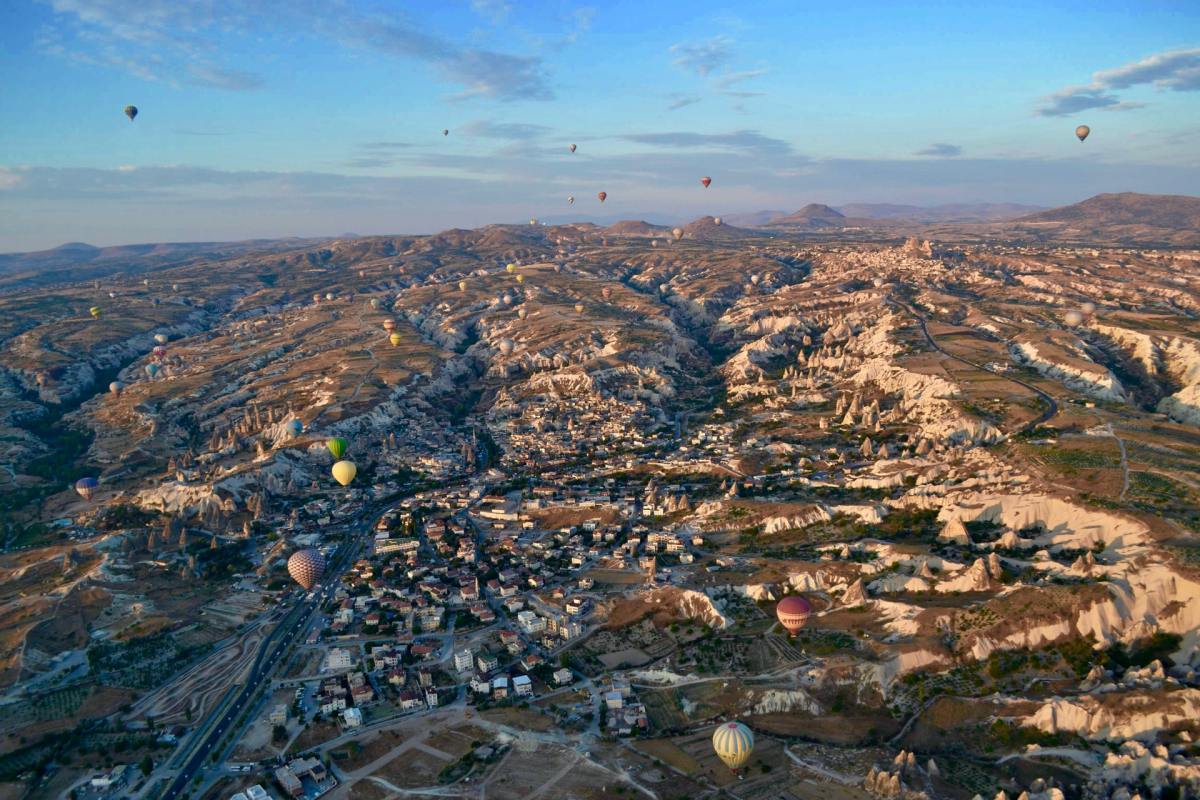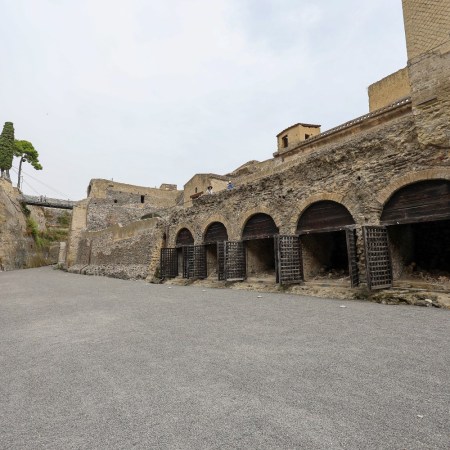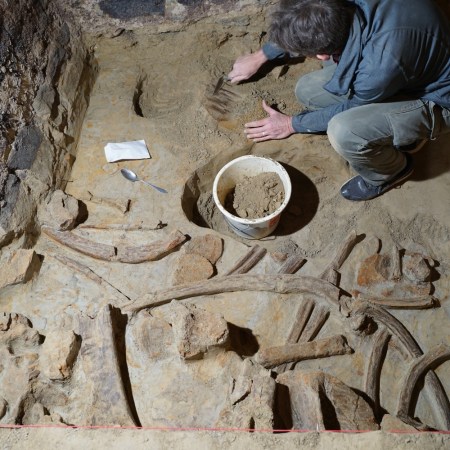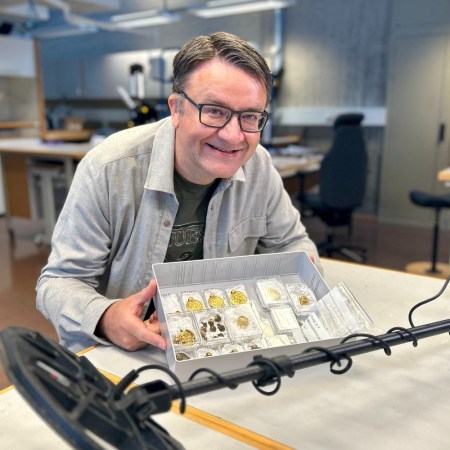Was there once a land bridge between what we now know of as Europe and Asia? There’s some debate over whether the two should even be considered separate continents at all. The National Geographic Society, for example, refers to “[a]n imaginary line, running from the northern Ural Mountains in Russia south to the Caspian and Black Seas” as the dividing point between the two, rather than any specific break in the landmass.
Now, some archaeologists have a theory that the boundaries between the two might have been more pronounced than previously believed. A new article at Hyperallergic focuses on a continent that a group of scientists believe existed during the Eocene Epoch, which occurred between 56 to 33.9 millon years ago.
Mammals are at the core of the theory — specifically, the timing of when certain mammals, including rodents and the evolutionary predecessors of horses, native to Asia migrated to Europe. The theory involves a small continent dubbed “Balkanatolia,” a name derived from the Balkans and Anatolia, where fossils were found that help confirm this hypothesis.
Alexis Licht, the scientist who led a recent study exploring this theory, cited the way sea levels dropped during the Eocene as being crucial to the animals’ migration. “This event alone would have created many land bridges, and it’s the main hypothesis to explain the connection between Balkanatolia and Europe,” Licht told NBC News. Could the Eocene hold the answers to even more mysteries of how modern life evolved?
Thanks for reading InsideHook. Sign up for our daily newsletter and be in the know.


















